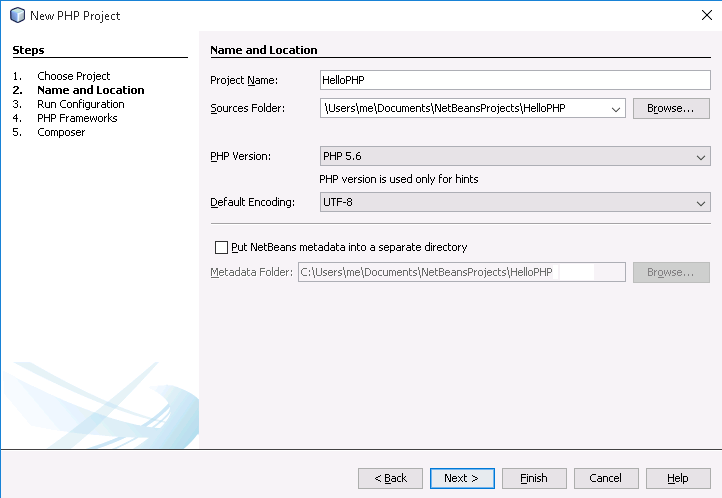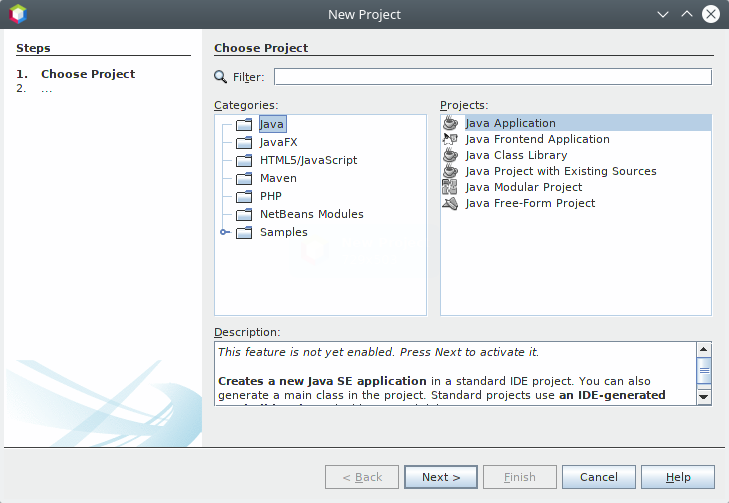


logall - log all queries - suitable only for developers, causes high server loads and NOT recommended for production.You can add (turn ON) any of the following dboptions in your config.php files, which log different types of SQL queries into mdl_log_queries table: To show page information printed in the page footer. See the Wikipedia article Query string for details. Sometimes ?strings=1 should be added other times &strings=1. Helps with translation and also with Language customization. To hide performance info from ordinary users, see the discussion Performance info only for admins? Show origin of languages strings (This has to be in config.php, because Moodle starts doing DB queries before it loads the config information in the database!) To your config.php file, then it will also count database queries. Redirect all outgoing emails to a specific address:ĭefine ( 'MDL_PERF', true ) define ( 'MDL_PERFDB', true ) define ( 'MDL_PERFTOLOG', true ) define ( 'MDL_PERFTOFOOT', true ).You can also use the config.php file to turn on more "tools" which will assist you with debugging the outgoing emails (and SMTP server configuration): More tools for debugging outgoing mail (SMTP)

If you select this checkbox, the debug messages are displayed directly in the browser, otherwise they are stored in the server logs.ĭetermines whether or not to enable verbose debug information during sending of email messages to SMTP server. This is because debugging messages can give clues to a hacker as to the set-up of your site. If 'Debug messages' is set to Developer on a production (public) site, it is recommended to copy and paste the debugging message obtained and then turn off Developer debugging.Error messages are then recorded in the server logs. This may be done by setting 'Debug messages' (debug) to Normal and leaving 'Display debug messages' (debugdisplay) off (unticked). It is recommended that a record of error messages is kept, and for the admin to regularly monitor the error logs.DEVELOPER: extra Moodle debug messages for developers.ALL: Show all reasonable PHP debug messages.NORMAL: Show warnings, errors and notices.NONE: Do not show any errors or warnings (Default).To enable debugging, go to Site administration > Development > Debugging. If you are having problems such as a blank screen or incomplete screens, then turning on debugging is usually the first thing to try. turn debugging messages on, in order to locate the cause of the problem. If you have a problem with your Moodle site and ask for help in a forum, a developer may ask you to turn enable debugging i.e. 3 What to do if you cannot get to the admin screensĭebugging messages are intended to help diagnose problems and/or help Moodle developers.2.3.1 More tools for debugging outgoing mail (SMTP).


 0 kommentar(er)
0 kommentar(er)
